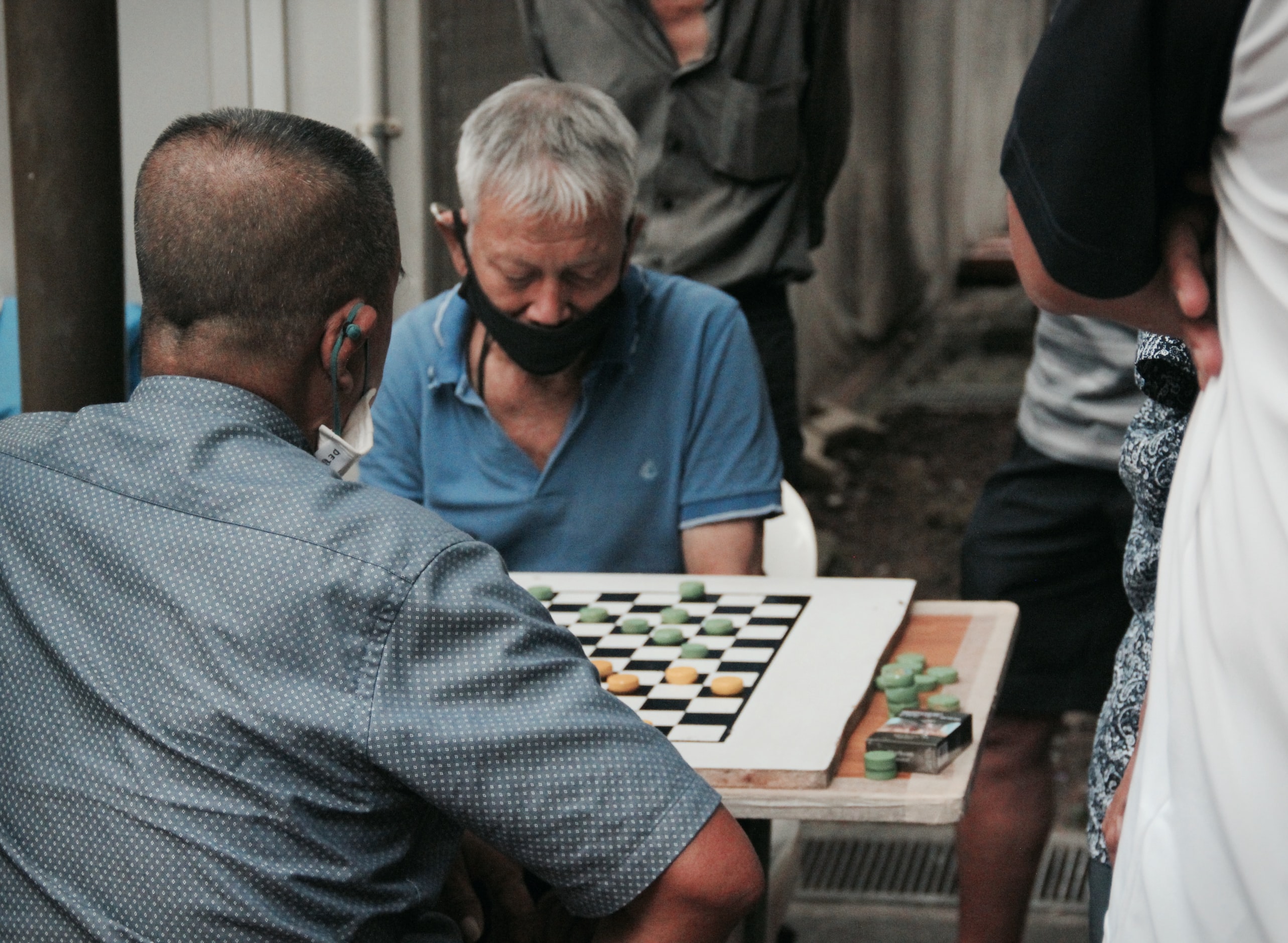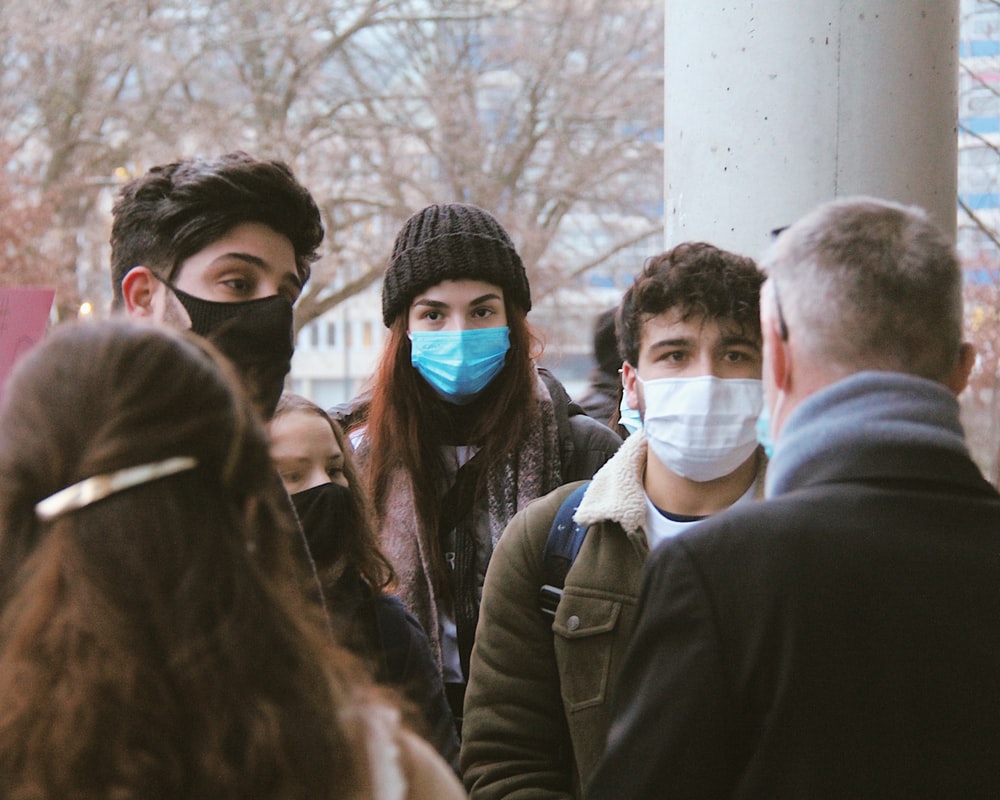Objective:
Methodologically, the study introduces a novel measure of pandemic inequality – pandemic Lorenz curves – and demonstrates that the pandemic severity may be distributed unequally across local areas. It also measures pandemic biomodality, which characterises formation of distinct urban and regional pandemic waves. In addition, the study measures bifurcations in the effectiveness of interventions, e.g., school closures, relative to variants of concern.
Findings:
The results of this study suggest that
(a) public health response to long-lasting pandemics must be frequently reviewed and adapted to demographic changes,
(b) in order to control recurrent waves, mass-vaccination rollouts need to be complemented by partial NPIs, and
(c) healthcare and vaccination resources need to be prioritised towards the localities and regions with high population growth and/or high density.
View full modelling study here

